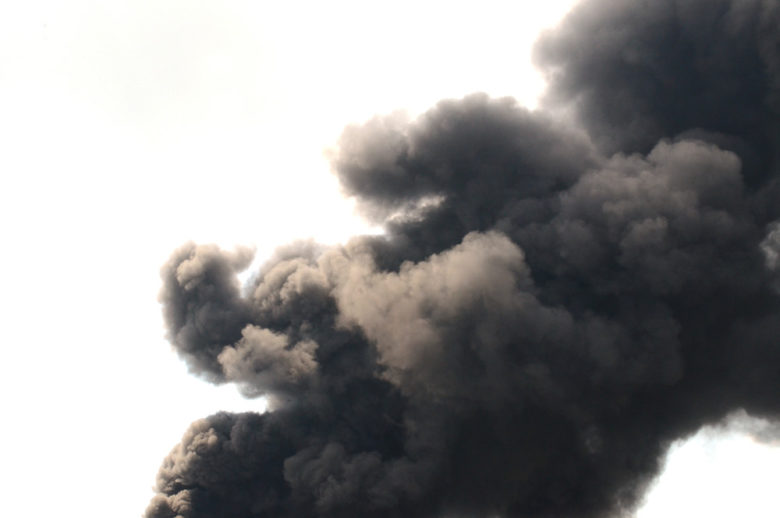If you were within miles of the Tennessee wildfire, or especially if your home or business encountered smoke from it, you might have soot hidden within your walls right now.
However, it’s so tiny that you may not see any traces of it. The good news is that a trained eye can find soot and establish if it’s in your walls.
How tiny are we talking? Soot is smaller than dust and mold, and is about 1/30 the diameter of a human hair! This combined with its toxic composition is what makes soot so dangerous.
CAN YOU SEE ANY SOOT IN THE ABOVE PHOTO?
In studying this photo for a moment you will resolve as most do – there’s no visible soot here. In fact the insurance adjuster handling this claim would agree with you. After a casual stroll through the restaurant, he didn’t find any either. However, after specialized testing, offered by one of our favorite tennessee public adjusters, Cornerstone Adjusters, soot was found in wall cavities throughout the entire 5000 sqft building.
Here are a few more facts about this true story:
The owner of this building filed a claim based on a single room fire that was contained to that room. Upon meeting the insurance company’s adjuster he was told the entire damage would be covered for around $40,000 or less. The owner and public adjuster asked the insurance adjuster for his opinion on soot and if it might be an issue worth considering. The adjuster replied, “I highly doubt there would be soot inside the building because I can’t see any evidence anywhere”.
Cornerstone knew this is what the insurance adjuster would say but wanted the owner to hear for himself. Following a simple but specialized test, administered by Cornerstone Adjusters, it was quickly found that soot was in fact all over the place – you just couldn’t see it.
Had the building owner accepted the first opinion by the insurance adjuster he would have missed the opportunity to turn his $40k into a $520k payout!
SEEM TOO HARD TO BELIEVE?
We agree with you but remarkably this is a very normal situation for many unsuspecting home and business owners serviced by often well-intending insurance adjusters who don’t understand the nature of soot. Thankfully, we do understand soot, and are very good at making insurance companies pay for its removal.
Find out if your walls have soot in them by first requesting your free onsite soot inspection.
Testimonials from our Happy Customers







